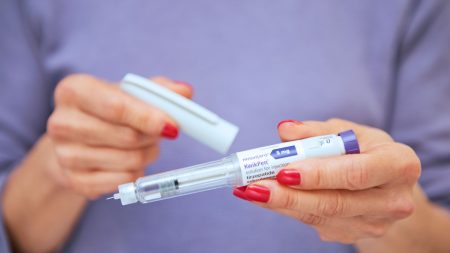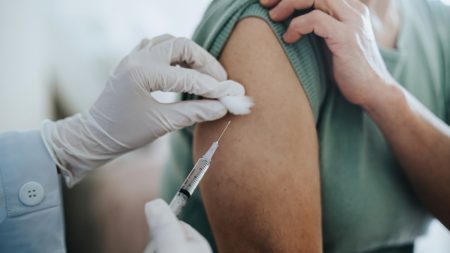Summarizing the Content:
The relationship between earwax distribution and Parkinson’s disease symptoms is proposed as a simple and cost-effective diagnostic tool. Parkinson’s disease, caused by the loss of motor nerve cells, primarily manifests through tremors, slow movement, and muscle stiffness. Over 153,000 British individuals suffer from this neurodegenerative disorder, with 40 known symptoms. Current early-stage diagnosis methods, including brain scans or rating scales, are expensive and often subjective, making them underdiagnosed.
This study offers a novel approach by using earwax to diagnose Parkinson’s. Researchers developed an AI system that analyzes ear samples for four unique volatile organic compounds (VOCs) associated with the condition. These include ethylbenzene, 4-ethyltoluene, pentanal, and 2-pentadecyl-1,3-dioxolane. The researchers demonstrated that their method achieves 94% accuracy in distinguishing Parkinson’s cases from those without parkinsonism, promising a small-scale single-center experiment in China.
Key Findings and Results:
- Early Detection Marks: Early detection of parkinsonism through earwax analysis could improve treatment outcomes by administering therapies earlier.
- Machine Learning Approach: The AI system, based on earwax samples, serves as a single-center, small-scale test providing affordable and efficient early diagnosis.
- More Precise Biomarkers: The VOCs in earwax samples may explain parkinsonian symptoms, offering a potential biomarker for further research.
Broader Context:
Overall, the study highlights the importance of innovative layperson diagnostic tools in advancing parkinsonism research. Earlier this year, scientists warned of an asymptote in the disease’s surge from 25 million live Cases in 2021, predicted to reach 250 million by 2050.
Conclusion:
The study’s research underscores the potential of simple, user-friendly methods for diagnosing parkinsonism, emphasizing the need for further investigation and collaboration on broader parkinsonism statistics to evaluate effective management strategies.











